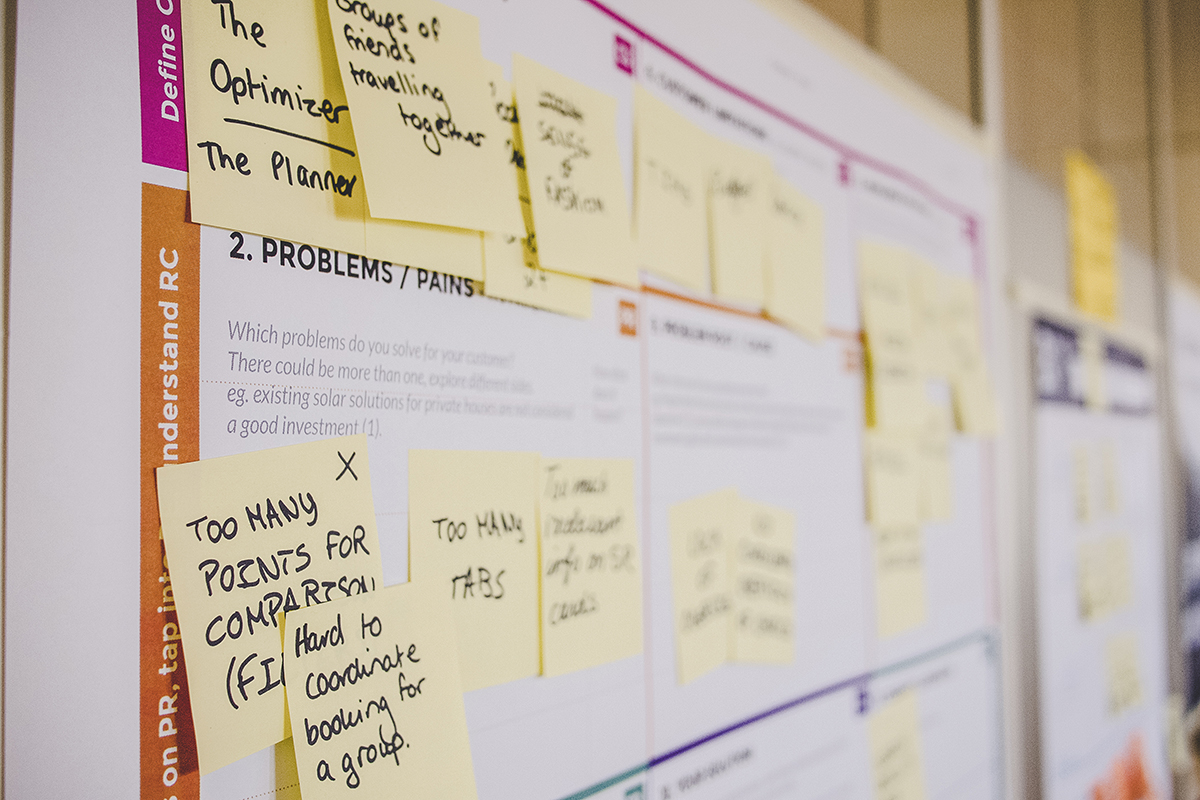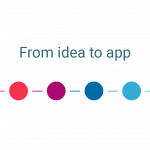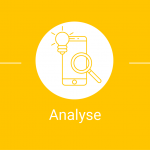Surveys:
You can create surveys to collect valuable data specific to your future end users that you can use as a base for further research. For example, to investigate some charateristics your looking to have in your users vs. their demographics (age, sex, country, etc). In this
article there are interesting instructions on how to create effective surveys for User research.
Email campaigns:
Create a database of potential users and send them emails. Email open rates, click through rates, and task completion rates for recipients all provide insight into whether your idea has value. To perform your email campaigns you can use tools such as
Mailchimp.
Google Ads: (or other online advertising platforms)
Purchase advertisements that target searches relevant to your future project. You can know what language customers are using to find solutions related to your business, and you can measure click through rate to determine customer interest in the copy of the ad.
Landing Pages:
You can build a landing page (very simple website) to complement your advertising or email campaigns. The landing page can be your proof of concept and allow you to test click through rates on buttons such as “buy now”, “register” or “share”. The clicks serve as further validation of the idea. Check out this
blog post for examples of landing page and the basic science behind.
Fake Doors:In case of an existing product that you want to evolve. Add buttons for specific features or services that your business will provide. Even if the buttons aren’t functional, you can measure interest and collect emails or other demographics on users. If a design element (such as a button) doesn't actually work on your website, be sure to indicate that to users and explain to users why it isn’t working. Go to this
blog post to get started with fake doors.
Learn about Market Demands and Trends: (What’s currently going on in the world?)





